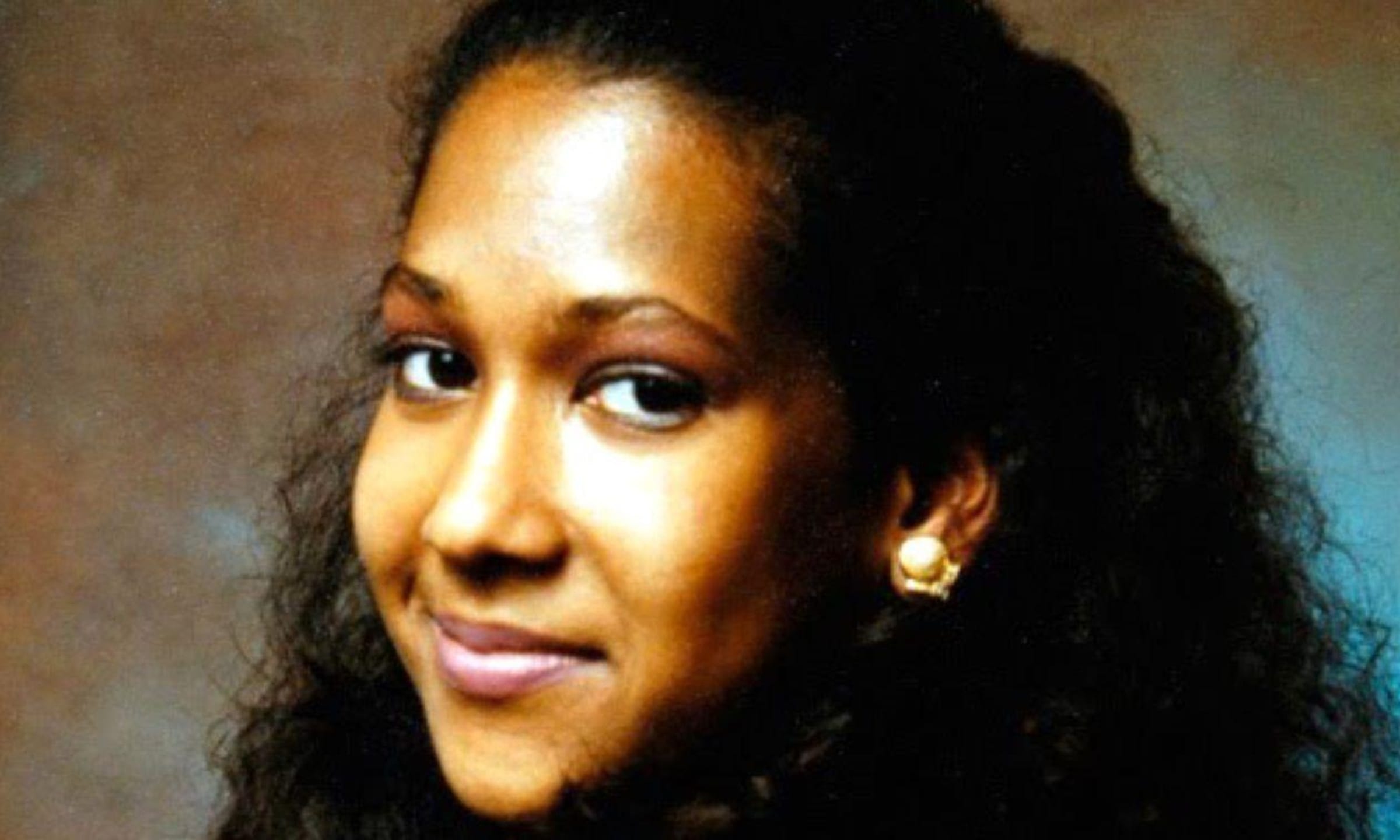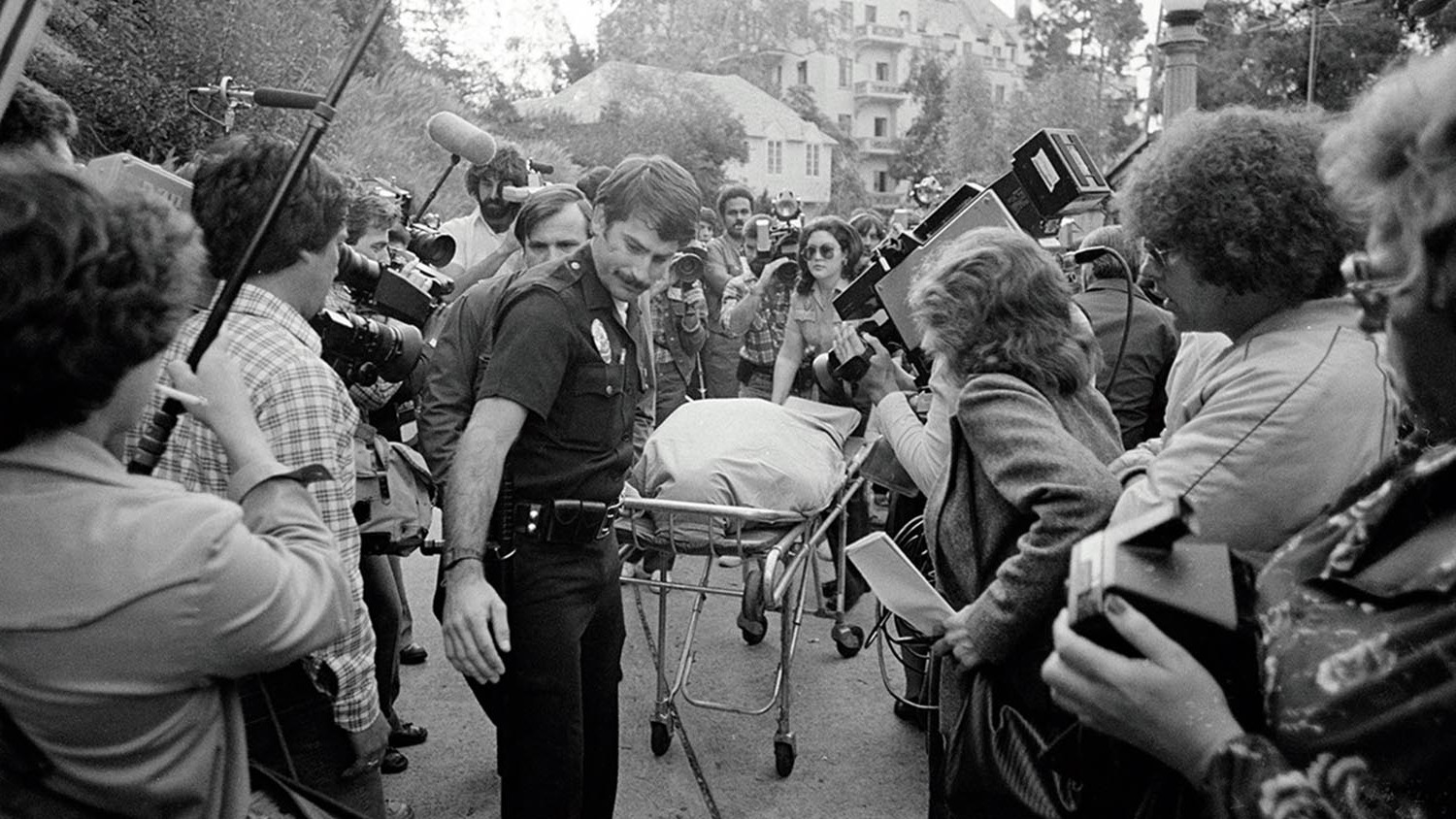
How can someone die without anyone noticing for over two years? The story of Joyce Carol Vincent is a haunting reminder of how isolation can lead to tragic consequences. Born on October 19, 1965, in London, Joyce lived a life that seemed vibrant on the surface. She mingled with celebrities, held good jobs, and was described as beautiful and intelligent. Yet, beneath this facade, she faced domestic abuse and health issues, leading to her withdrawal from society. In December 2003, Joyce passed away in her bedsit flat, but her body wasn't discovered until January 2006. Her television was still on, and unopened Christmas presents lay nearby, highlighting her profound loneliness.
Key Takeaways:
- Joyce Vincent's life and death reveal the importance of genuine connections and community spirit. Her tragic story inspires awareness about isolation and the need to notice and remember everyone.
- The haunting tale of Joyce Vincent highlights the responsibility of communities to look out for one another. Her legacy serves as a reminder of the enduring importance of human connection.
35 Facts About Joyce Vincent: The Tragic Story of a Forgotten Life
Joyce Vincent's life and death are both fascinating and tragic. Her story, which went unnoticed for over two years after her death, has captivated many with its complexities and mysteries. Here are 35 key facts about Joyce Vincent, shedding light on her life, death, and the impact she had on those who knew her.
Early Life and Family Background
Joyce Vincent's early years were marked by both love and loss. Her family background and upbringing played a significant role in shaping her life.
-
Birth and Early Life: Joyce Carol Vincent was born on October 19, 1965, in London's Hammersmith area. Her parents, Lawrence and Lyris, had immigrated to London from Grenada, making her of Dougla descent—a mix of African and Indian heritage.
-
Family Background: Joyce's mother died when she was 11 years old, and her four older sisters took responsibility for her upbringing. Her relationship with her father was strained, and she claimed he had died in 2001, unaware that he actually passed away in 2004.
Education and Career
Joyce's educational journey and career choices reflect her attempts to find her place in the world.
-
Education: Joyce attended Melcombe Primary School and Fulham Gilliatt School for Girls. She left school at the age of 16 without any qualifications.
-
Career: Joyce began working as a secretary at OCL in the City of London in 1985. She later worked at C.Itoh and Law Debenture before joining Ernst & Young, where she worked in the treasury department for four years until her resignation in March 2001.
Isolation and Health Issues
Joyce's life took a turn towards isolation and health struggles, which contributed to her tragic end.
-
Resignation and Isolation: The reasons for her resignation from Ernst & Young are unclear, but it marked the beginning of her isolation. She spent some time in a domestic abuse shelter in Haringey and worked as a cleaner in a budget hotel.
-
Domestic Abuse: There was a history of domestic violence in Joyce's life, which may have contributed to her estrangement from family and friends. She may have been ashamed to be a victim of abuse or did not want to be found by her abuser.
-
Bedsit Flat: In February 2003, Joyce was moved into a bedsit flat above Wood Green Shopping City, which was owned by the Metropolitan Housing Trust and used to house victims of abuse.
-
Health Issues: Joyce had a history of ulcers and experienced emergency visits for domestic violence. In November 2003, she was hospitalized at North Middlesex Hospital for two days due to a peptic ulcer.
Final Days and Discovery
The circumstances surrounding Joyce's final days and the discovery of her body are both haunting and tragic.
-
Final Days: The exact date of Joyce's death is unknown, but it is believed to have occurred sometime in December 2003. Her body was found on January 25, 2006, when officials from a north London housing association repossessed her flat due to unpaid rent.
-
Discovery of Body: The discovery was grim; Joyce's body was almost entirely decomposed, and she was only identified through dental records compared with an old holiday photograph.
-
Cause of Death: The cause of Joyce's death remains unascertained. It is speculated that she may have died from an asthma attack or complications from her peptic ulcer, but no definitive cause was determined during the investigation.
Social Life and Relationships
Despite her isolation, Joyce had a vibrant social life and several relationships that added complexity to her story.
-
Social Life: Despite her isolation, Joyce had a wide circle of friends in the music industry. She met notable figures such as Nelson Mandela, Stevie Wonder, Gil Scott-Heron, and Betty Wright. She was also known to have spoken on the telephone with Isaac Hayes and attended concerts like Nelson Mandela: An International Tribute for a Free South Africa in April 1990 at Wembley Stadium.
-
Appearance and Personality: Friends described Joyce as beautiful, intelligent, and socially active. She was often seen as "upwardly mobile" and "a high flyer," but her superficial lifestyle and reluctance to let people in may have contributed to her isolation.
-
Relationships: Joyce had several relationships, including one with Martin Lister, who dated her for three years and kept in touch sporadically until 2002. He was shocked to learn of her death and described her as a hard worker with great jobs.
Eerie Details of Her Death
The details surrounding Joyce's death and the state of her flat are both eerie and heartbreaking.
-
Christmas Presents: When Joyce’s body was discovered, there was a pile of unopened Christmas presents waiting to be sent out. This poignant detail highlights her life's superficiality and the lack of genuine connections she had.
-
Television Still On: The television in Joyce’s flat was still on when her body was found, tuned to BBC1. This eerie detail underscores the isolation and neglect she experienced in her final years.
-
Washing Up and Mail: The kitchen sink was heaped with washing up, and a mountain of post lay behind the front door. This suggests that Joyce had been living in a state of disarray for some time before her death.
-
Food Expiry Dates: Food in the refrigerator was marked with 2003 expiry dates, indicating that it had been there for years. This further emphasizes the neglect and isolation she faced.
Community and Media Response
Joyce's death sparked discussions about community neglect and inspired various media representations.
-
Community Neglect: The discovery of Joyce’s body sparked discussions about community neglect. Neighbors didn’t really know her, and thus didn’t notice her absence. The only detectable thing was a bad smell attributed to garbage bins below the apartment.
-
Film Inspiration: The haunting story of Joyce Vincent inspired filmmaker Carol Morley to create the documentary Dreams of a Life. Morley tracked down people who knew Joyce and interviewed them to piece together her life and death.
-
Documentary Dreams of a Life: The documentary, released in 2011, features Zawe Ashton playing Joyce Vincent. It explores her life through interviews with friends, family, and acquaintances, revealing a complex and multifaceted individual.
-
Steven Wilson’s Album: The life of Joyce Vincent also inspired musician Steven Wilson’s album Hand. Cannot. Erase. The album is a concept piece based on Vincent’s story, though the central character is highly fictionalized.
-
Public Reaction: News of Joyce’s death quickly made it into the global media, registering shock at the lack of community spirit in the UK. However, as time passed, she dropped out of the news, and her story was often dismissed as an urban myth or a tragic tale of neglect.
Campaigns and Personal Reflections
Efforts to remember Joyce and personal reflections on her life have kept her memory alive.
-
Campaign to Remember Joyce: Carol Morley launched a campaign entitled “Did You Know Joyce Vincent?” to raise awareness about Joyce’s life and death. The campaign included newspaper classified ads, a hotline number, and declarations on cab door ads.
-
Personal Reflections: Morley’s journey to uncover Joyce’s story was deeply personal. She detailed her heartbreaking journey in a Guardian essay, highlighting the lack of details about this skeleton with a name and her determination to ensure Joyce was not forgotten.
-
Community Response: The campaign sparked a renewed interest in Joyce’s story. People who knew her began to share their stories on camera, contributing to Morley’s film Dreams of a Life. This collective effort aimed to humanize Joyce and shed light on her tragic circumstances.
Investigation and Social Implications
The investigation into Joyce's death and the social implications of her story continue to resonate.
-
Inquest and Investigation: The inquest into Joyce’s death recorded an open verdict, with the cause of her death unascertained. Lynne Featherstone, MP for Hornsey and Wood Green, urged the police to reopen their investigation but ultimately concluded that there was no foul play involved.
-
Social Implications: Joyce’s story raises significant social implications regarding racial, sexual/gender, familial, and community dynamics. Her life and death highlight the complexities of human relationships and the importance of genuine connections.
-
Domestic Abuse Awareness: Joyce’s history of domestic abuse underscores the need for awareness and support systems for victims of abuse. Her story serves as a reminder that isolation and neglect can be as deadly as physical harm.
Legacy and Impact
Joyce Vincent's legacy extends beyond her tragic death, inspiring various forms of media and raising awareness about important social issues.
-
Media Coverage: Despite extensive media coverage, Joyce’s story was often reduced to sensational headlines. The lack of personal details and photographs contributed to her being remembered more as a mystery than a person.
-
Public Perception: Some people perceived Joyce as a "couch potato" or someone who was "one miserable bitch." These comments reflect the superficial understanding of her life and death, neglecting the complexities and struggles she faced.
-
Legacy and Impact: Joyce Vincent’s legacy extends beyond her tragic death. Her story has inspired artists, filmmakers, and advocates to highlight the importance of human connection and community spirit. It serves as a reminder that everyone deserves to be noticed and remembered.
-
Community Responsibility: The case of Joyce Vincent highlights the responsibility of communities to look out for one another. Her death underscores the need for more proactive measures in checking in with friends and family, especially those who may be isolated or vulnerable.
-
Filmic Representation: Dreams of a Life is a powerful representation of Joyce’s story, using interviews and archival footage to recreate her life. The film humanizes Joyce, challenging the public's perception of her as just a forgotten skeleton.
-
Enduring Memory: Despite the passage of time, Joyce Vincent’s story continues to resonate with people. Her memory serves as a poignant reminder of the importance of human connection and the need to care for one another, ensuring that no one dies unnoticed or forgotten.
The Enduring Memory of Joyce Vincent
Joyce Vincent's life and death highlight the importance of human connection. Her story, filled with beauty, intelligence, and isolation, serves as a stark reminder that everyone deserves to be noticed and remembered. Despite her tragic end, Joyce's legacy continues to inspire artists, filmmakers, and advocates. The documentary Dreams of a Life and Steven Wilson's album Hand. Cannot. Erase. keep her memory alive, urging us to care for one another. Her case underscores the need for community responsibility and awareness about domestic abuse. Joyce's life, though complex and often misunderstood, teaches us the value of genuine relationships and the dangers of neglect. Let's remember Joyce Vincent not just as a tragic figure but as a symbol of the enduring power of memory and the impact one person can have on others, even after death.
Frequently Asked Questions
Was this page helpful?
Our commitment to delivering trustworthy and engaging content is at the heart of what we do. Each fact on our site is contributed by real users like you, bringing a wealth of diverse insights and information. To ensure the highest standards of accuracy and reliability, our dedicated editors meticulously review each submission. This process guarantees that the facts we share are not only fascinating but also credible. Trust in our commitment to quality and authenticity as you explore and learn with us.


